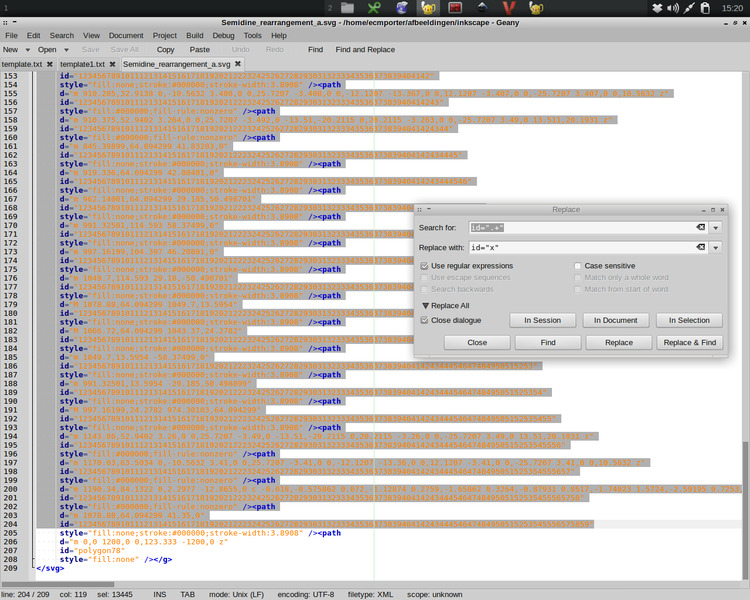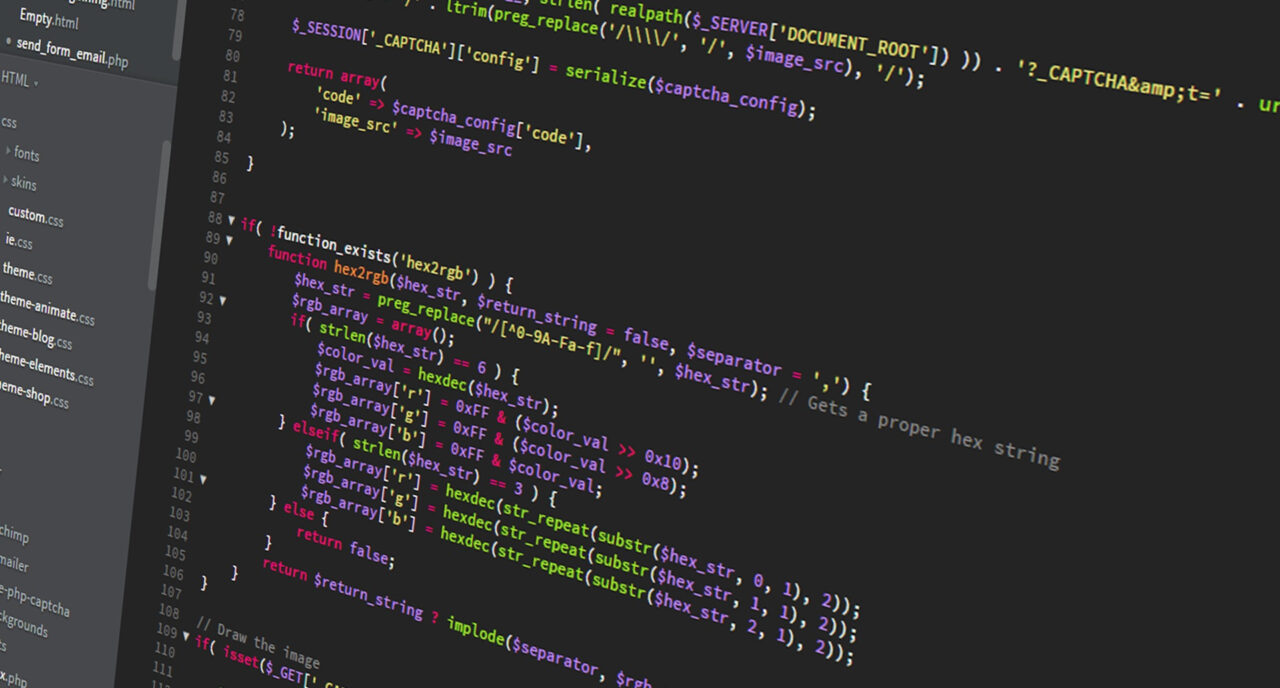Regular Expression (RegEx or Regex) is a familiar tool to experts in the data science industry.
It is crucial for sorting unstructured text data and developing detailed analysis. However, Regex features a complicated structure and use.
In this post, I will discuss all properties and features of Regular Expression. Thus, you can learn to use it effectively and increase your work performance.
What Is Regular Expression (Regex)?
Also known as Regex, Regular Expression is a string of text that allows users to develop patterns. These patterns can match, manage, and locate the text.
Regex is a common part of many programming languages, such as Perl. Yet, its applications extend far beyond coding. For example, Regex can appear in the command line. The editors can use this tool to locate text in a document.
What Is Regex Used For?
Regex helps describe patterns that can find the positions within a file. Typically, these patterns can serve four main purposes.
- To find text in a larger body of text (file or document)
- To verify that a string is suitable to a format
- To replace or insert text in the desired positions
- To split strings
Popular text displayers like EditPad Pro come with a Regex engine. It will assist users in editing the text and replacing any word they want.
Also, users can use this tool to search for data in an unstructured document.

What Are The Benefits of Regex?
Regex is a valuable tool for many programmers and data analysts. These experts have to deal with emails, files, and text documents a lot. Regex can assist them in finding the data and text they desire easily.
For example, you can verify if an email is authentic. You can also analyze its pattern and extract valuable data from files. In addition, Regex helps highlight and replace a specific body of the text.
Programmers can also use Regex to locate and extract specific comments. They can then rate them as negative/positive. Thus, it helps them save a lot of time and effort in their daily work.
Regex also enables faster validation. You no longer have to build many If and else conditions for your algorithm. It allows users to verify the authenticity of many sites and phone numbers within seconds.
What Is The Structure Of Regex?
A Regex consists of two main character types called metacharacters and literals. The first one includes characters like \, (,\), ^, $. Literals are the remaining part of the text that is not metacharacters.
There are three main formats of metacharacters. They can be quantifiers, classes, or positions. There are a total of six classes, including
- Digit
- Word
- Non-digit
- Whitespace
- Non-whitespace
- Non-word
On the other hand, quantifiers refer to how many times a pattern appears. It lets users know the times a pattern can match. Lastly, the positions help identify the exact location where the patterns can be matched.
These concepts may sound complicated. Yet, you can simply think of literals as normal words in the English language. Meanwhile, metacharacters are periods and special letters.

How To Get Started With Using Regex?
There are many programs and online tools that serve as a Regex. They can help you perform various tasks with a text document. Some sites also provide users with detailed tutorials on using the tool.
Suppose you deal mainly with readable files and documents. Then, I recommend Regax Pal and RegExr. It can help you test the expressions and check the matched results.
Meanwhile, Regex Generator is a valuable tool for building sample text. Users can develop advanced patterns to suit their purposes.

The Importance of Regular Expression
Regex is one of the most popular tools that data scientists use every day. This effective tool helps users search for texts and patterns. It is compatible with both unstructured and structured data.
For example, you want to count how many times the word “Student” appeared in a journal. You will use an algorithm to calculate the number of occurrences.
However, the algorithm may miss the word “student” because your if-else solution is too simple. Therefore, it won’t generate the best search results. Also, it’s ineffective if you deal with an unstructured file with random letters.
It may not be able to detect possibilities like “sTudents” or “studentS”. Thus, you will have to build a lot more conditions to improve the search result.
As a result, it will cost you a lot of time and effort in analyzing data. Therefore, the scientists have gradually shifted to Regex. It allows them to detect all possibilities with only one single line of code.
What Are The Limitations of Regex?
Despite its high value, Regex still features some significant limitations.
The first problem is exponential complexity. Regex will take more time to find a pattern if you use more characters.
Regex is only compatible with text data. It cannot work with graphical or audio content. This limitation makes the process of developing Regex more complex.
Lastly, you may need extra libraries when dealing with international characters. It’s because Regex doesn’t provide enough internalization support.

FAQs
What Is The Best Coding Language For Regex?
Regex is featured in various programming languages. In fact, it appears in all languages nowadays. The widely used tools for Regex are Python, JS, and C++.
How Do Regular Expressions Work?
Regex brings a simple and flexible method for matching text in a string. It can help users describe patterns and serve their editing purpose. For instance, you can locate the position of a text body in a large file with Regex.
Why Are Some Regexs Faster?
An effective Regex typically has more conditions and structure. It allows users to make use of character classes more effectively. Besides higher speed, a good Regex can predict more accurate input.
Final Thoughts
Regex has become an indispensable tool in many common coding languages. Popular programs like Word or NotePad also utilize Regex. It helps improve users’ experience and enhance productivity.
The potential and application of Regex will keep increasing in the era of information. If you want to become a computer programmer or a data analyst, mastering this tool can benefit your career and work a lot.
Thank you for reading!
